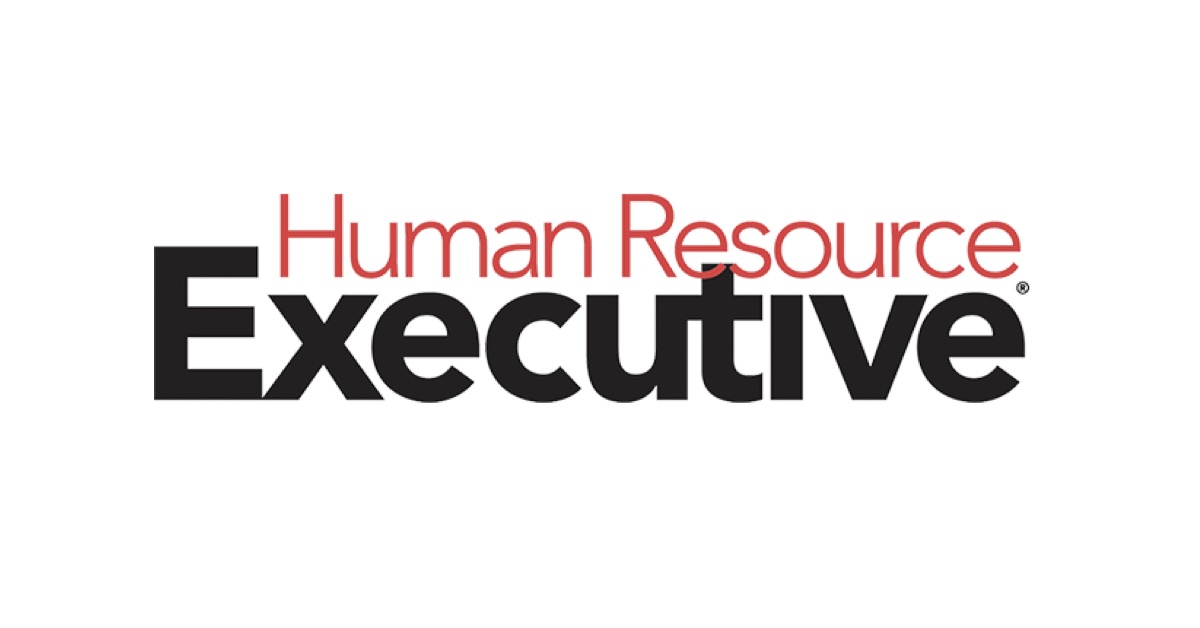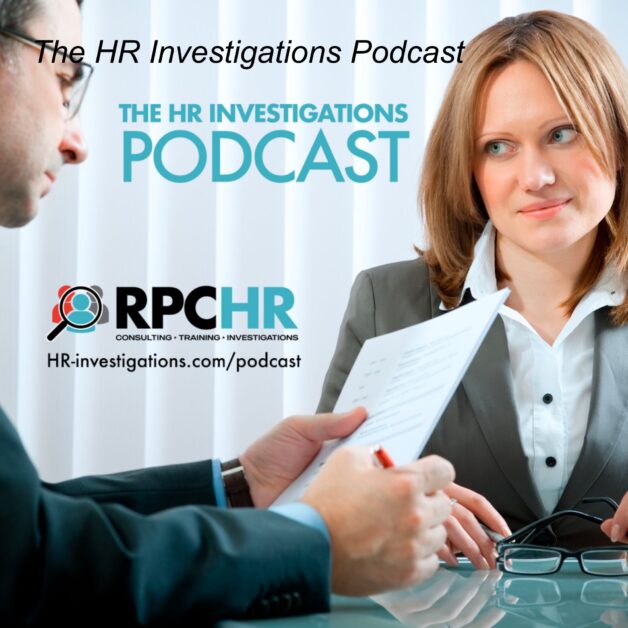This post is brought to you by Wendy Silver, Founder and President of Beyond the Workplace, LLC– thanks for sharing your thoughts Wendy!
I am always impressed when I see a resume that includes concrete statistics to support an applicant’s past work experience. Not only is it impressive, it’s effective. Anytime you can speak to a company’s bottom line and “show them the money,” you are at a huge advantage. This is true as an applicant, but even more so for an employee within an organization, where staffing decisions and the allocation of resources are quite appropriately tied to their respective return on investment.
This can be hard for Employee Relations professional. Their job is to solve, and more importantly, prevent people problems at work. When I was working in corporate HR, on the one hand, I felt that if I was doing a good job the senior leaders of my Company didn’t even know about the many issues I was managing because I had successfully resolved them. (Though obviously the sensitive and potentially high-risk issues were brought to their attention.) On the other hand, without this information, the leaders of the organization wouldn’t know about all the work being done and would lack important insights about the workforce.
The real challenge for those in employee relations is how to show their value and money saved as a result of their work. How do you quantify the number of EEOC cases avoided? Even more difficult, how do you quantify the value of the endless numbers of phone conversations with managers and staff at all levels where we nip in the bud all kinds of situations with the potential to lead to a discrimination or other legal claim? This is the daily work of an employee relations professional.
This becomes an even bigger problem when it comes to the budget. Other departments like IT and Finance have more abundant and robust systems. These systems make it easier to track volume, and can more easily translate into dollars. Human Resources is catching up when you consider the wide array of HRIS and applicant tracking systems available and in use. But many of these to do not capture the work of employee relations: the investigations (formal and informal), and the daily internal consulting, coaching and conversations. Without quantifying this work, HR leaders are at a serious disadvantage when it comes to advocating for their ER staff and resources.
I recently had the opportunity to demo some of the software out there that addresses this concern. My reaction: Where have you been all my life?? I would encourage any HR/ER leader not using any such technology to check it out. Here’s why, and the argument I would make to support it:
First, as I alluded to above, without a robust system to track and record your cases, everything from investigations (formal and informal) to day-to-day consulting, there is no way to document all the work employee relations professionals are doing. I can tell you first hand, unless you are a very small organization, under 50 employees, it is almost impossible to record every ER call, conversation, investigation on an excel spreadsheet with any kind of accuracy and consistency. Often different people have these roles with no central system to record the information. However, with a centralized system and platform, you can pull regular reports to monitor volume and a host of other statistics. This gives HR leaders valuable data to make better staffing decisions, justify existing resources and to advocate for new ones.
Second, the technology itself will in many ways provide a framework for how this work should be conducted, creating consistency across the organization, regardless of who is doing the work. This is particularly important for decentralized or multi-site organizations, where it can be a real challenge to know how similar situations are being handled through the company. Employee Relations software can help standardize many employment practices. It also gives HR the ability to create a historical record beyond the life of those who are working in the role. Access to historical information and the ability to ensure consistency can significantly minimize an organization’s risk and liability (and therefore save money!).
Third, employee relations technology enhances communication around employee relations efforts. It can give access to those who may not want or need to be in the day-to-day loop of the ER work but may need to report out on these issues and their status, sometimes on a moment’s notice. I would put in-house general counsel and senior leadership in this category, though there is an argument any manager should have some level of access. When leaders and decision makers are in the position of having access to the data first hand, it instantly becomes more valuable. They can see in real time the work being done, how it’s been done, and by whom. It gives them “a window” into the work and the issues with a regularity that could impact how they view a particular issue, and perhaps even help them address an issue that nobody else knows they are facing.
Fourth, when we track these issues we can better identify trends in the workplace. These are trends ER professionals want and need to bring to their leadership. It can give us valuable information about the effectiveness of our management teams and the morale of our workforce. It can tell us where we are having problems, not just by location but also by department. Are they communications or skills problems? Maybe we haven’t trained the right people or given them the right information. The point is if we have no mechanism to capture this information we are losing out on the opportunity to make the workplace better and more effective, often throwing money and resources in the wrong places.
I realize this is a catch 22 for HR leaders. They will essentially have to prove the value of investing in employee relations technology to better advocate for their companies’ investment in employee relations. Here is what I would say to that: Employees are a company’s greatest asset. Like any valuable asset, you have to protect and manage it effectively. If companies don’t have the right tools to do that, they are putting their greatest asset at risk. Seems to me, it’s worth the investment.




